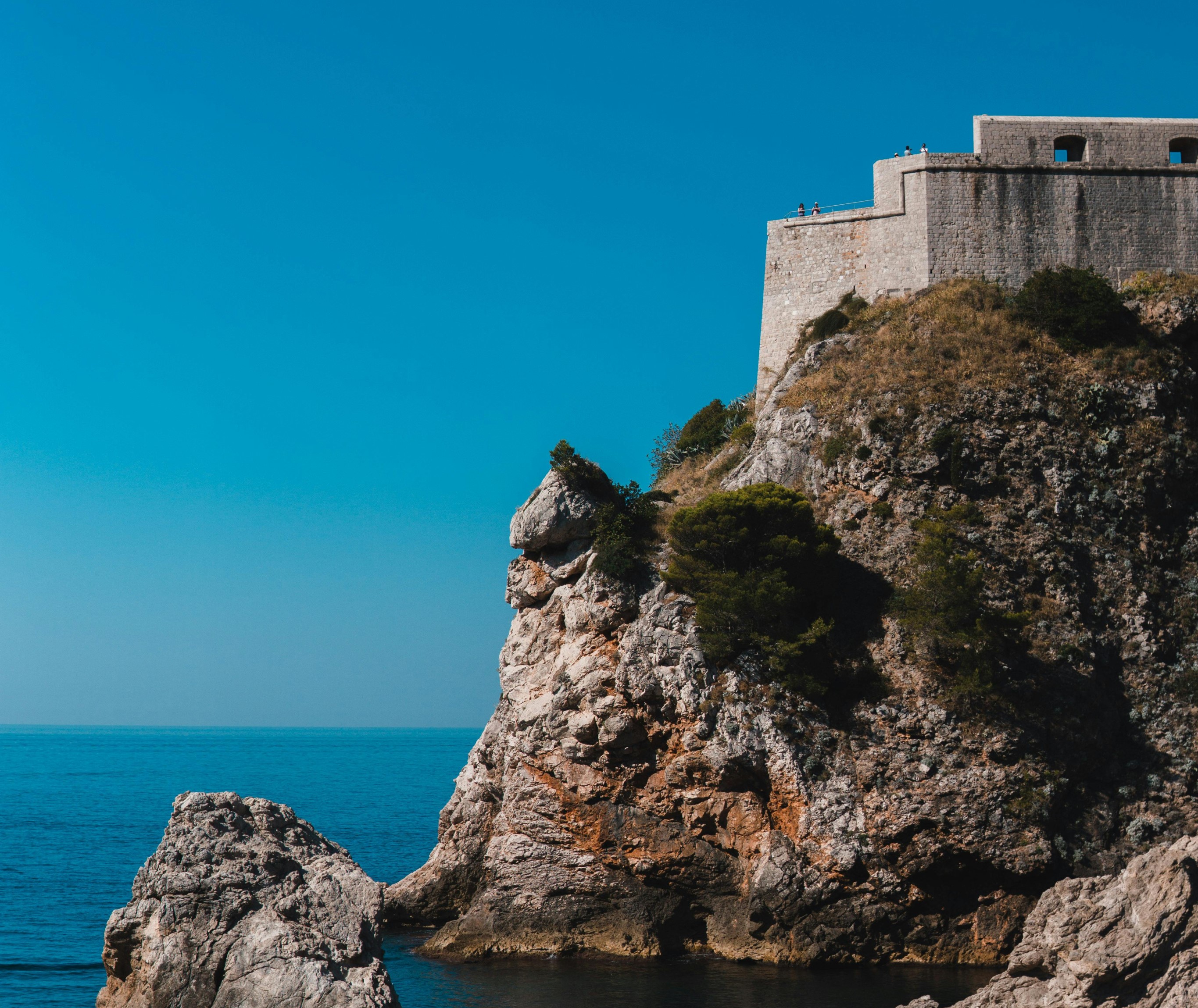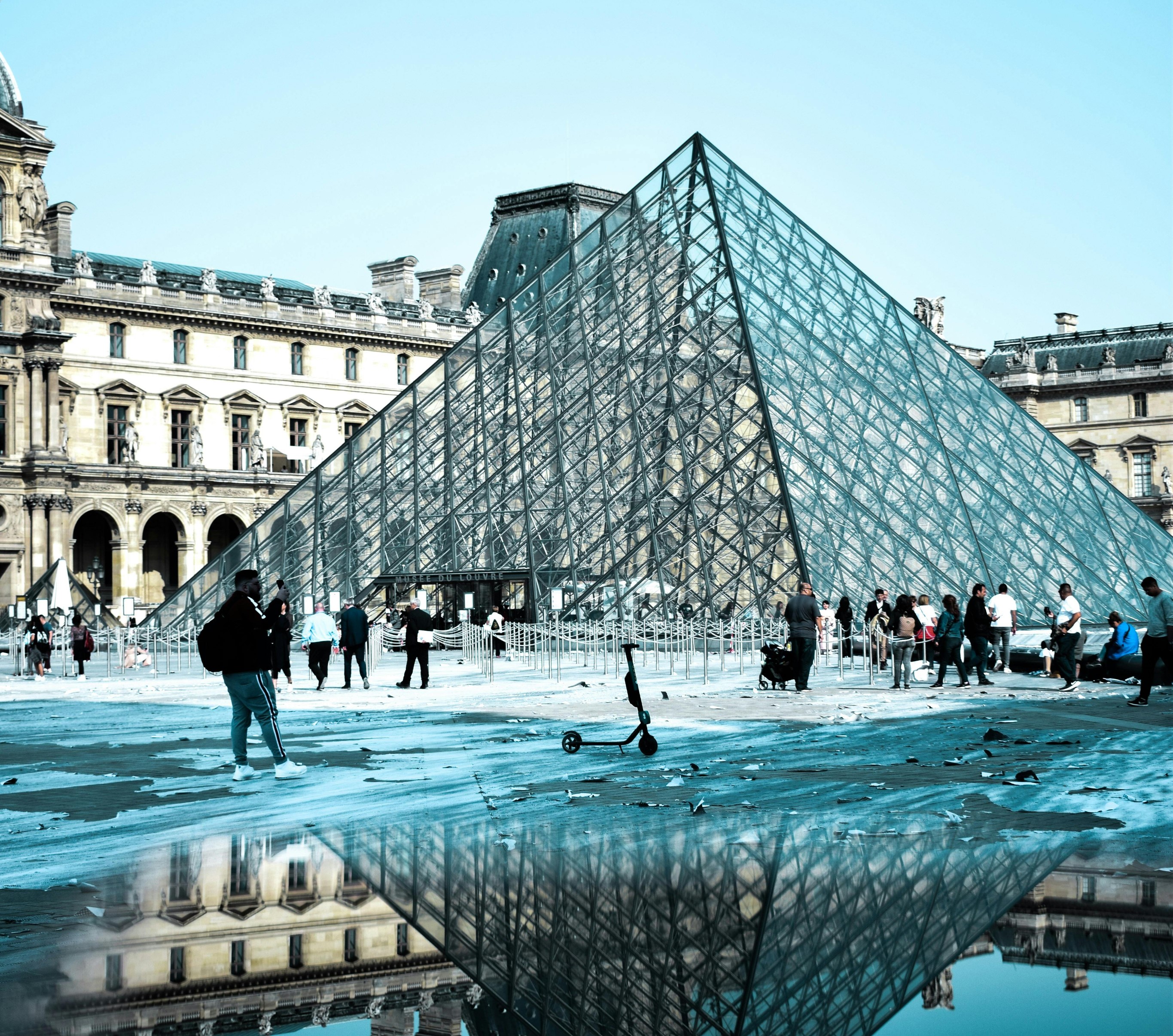Blog

Old City of Dubrovnik
The 'Pearl of the Adriatic', situated on the Dalmatian coast, became an important Mediterranean sea power from the 13th century onwards. Although severely damaged by an earthquake in 1667, Dubrovnik managed to preserve its beautiful Gothic, Renaissance and Baroque churches, monasteries, palaces and fountains. Damaged again in the 1990s by armed conflict, it is now the focus of a major restoration programme co-ordinated by UNESCO.
Jutting out into the Adriatic Sea with a backdrop of rugged limestone mountains, Dubrovnik Old Town is known as one of the world’s finest and most perfectly preserved medieval cities in the world. For centuries, Dubrovnik rivalled Venice as a trading port, with its huge sturdy stone walls, built between the 11th and 17th centuries, affording protection to this former city-state.
Today, these walls still enclose Dubrovnik’s historic centre and it is possible to walk along them to enjoy the best views of the ‘Pearl of the Adriatic’ and the surrounding lush green islands. Dubrovnik’s Baroque churches, monasteries and palaces; its Renaissance fountains and facades, are all intertwined with gleaming wide marble-paved squares, steep cobbled streets and houses, all of which have also remained unchanged for centuries.
The remarkable preservation of the neatly contained Dubrovnik centre, a UNESCO World Heritage site, is the result of meticulous reconstruction after the earthquake of 1667. Many renovations were also done to return the city to its former splendour after it was attacked during the civil war of the early 1990s. Today, all new building work is strictly controlled, right down to the shade of green used on the shutters of the buildings in the main street, the ‘Stradun’.
Although Dubrovnik has much to offer in terms of historical sightseeing, part of its allure lies in the fact that it is still a lived-in city, vibrant and bustling with locals whose homes line the narrow streets and sunlit squares. As well as visiting the churches, palaces and museums, the visitor can also enjoy markets, bazaars, cafes, bars and restaurants.
In the summer, there is also a choice of a few nightclubs and discos and of course the famous Dubrovnik Summer Festival in July and August, which includes cultural events such as outdoor concerts, opera and ballet. All year round you can see theatre plays in the local theatre. See more info about cultural events in the town.




